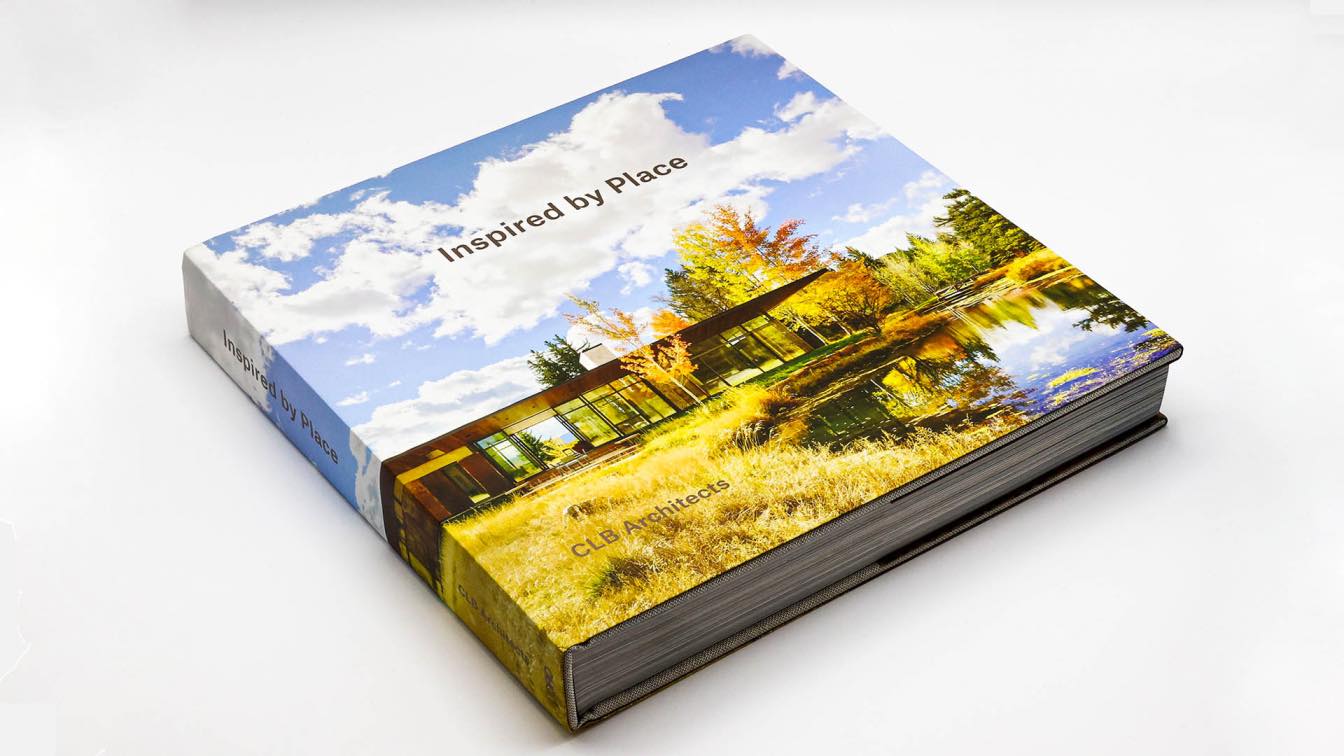Richard Francis‐Jones Takes a Stark and Poetic Look at his Profession. “Architecture has never been more challenged than it is today,” contends Richard Francis‐Jones, LFRAIA, Hon. FAIA, RIBA, in his new book Truth and Lies in Architecture (ORO Editions). Francis‐Jones presents provocative essays that journey into the vexed circumstance of contemporary architectural practice. The nature of the great cultural, social, political, environmental, and consumerist challenges facing the contemporary architect are explored, interpreted, and questioned, while Francis‐Jones draws connections from architecture theory, philosophy, science, literature, and cinema to reconnect us to our lost humanity.
 Author Richard Francis-Jones, LFRAIA, Hon. FAIA, RIBA, pens new book Truth and Lies in Architecture (ORO Editions). Photo courtesy of fjmtstudio
Author Richard Francis-Jones, LFRAIA, Hon. FAIA, RIBA, pens new book Truth and Lies in Architecture (ORO Editions). Photo courtesy of fjmtstudio
“As architects are facing the challenges of environmental sustainability along with class, gender, and racial inequality, architecture itself has never been so marginalised and diminished,” writes Francis‐Jones, design director of fjmtstudio. “The practice of architecture has been progressively desiccated, undermined, and commodified through the instrumental processes of the contemporary development industry and professional practice, together with the simplistic reductionism of media technology and market consumption demand.”
The author probes how the true nature of architecture could have been so undermined. This collection of short essays is a series of explorations and excavations into this complex and contradictory territory in an attempt to uncover the depth and nature of the diminishment of contemporary architecture and the tracks that lead us here.
In his foreword, Kenneth Frampton proclaims: “These essays written by a leading Australian architect represent a level of comprehensive critical awareness rarely found within the architectural profession and one would be hard pressed to find another comparable figure in contemporary architectural practice. The entire argumentation is impressive, challenging, intellectually at the highest level and beautifully written.”

Richard Francis‐Jones, LFRAIA, Hon. AIA, RIBA, is a highly awarded practicing Australian architect. He is a graduate of Columbia University, New York, and the University of Sydney, and has taught in many schools of architecture. He is a life fellow of the Australian Institute of Architects, an honorary fellow of the American Institute of Architects, and member of the Royal Institute of British Architects. He is design director of fjmtstudio.
Kenneth Frampton was born in 1930 and trained as an architect at the Architectural Association School of Architecture, London. He has taught at a number of leading institutions in the field, and served as Ware Professor of Architecture at the Graduate School of Architecture, Planning and Preservation, Columbia University, New York, from 1972 to 2019. In 2018 he was awarded the Golden Lion of the Venice Biennale.

In Truth and Lies in Architecture, Richard Francis‐Jones expounds on:
Truth: Can architecture lay any claim to truth? Can architecture have a moral effect or purpose? Or is architecture indifferent to the intention of its makers and the actions it accommodates? At this moment, when we are surrounded by so much noise, polarisation, argument and intolerance, questions of fact and accuracy, let alone truth are suppressed, obscured, buried, or most worrying, even irrelevant.
Sustainability: [W]hile quantification, engineering and measurable dimension of environmental sustainability is part of architecture, it is not architecture and not all that architecture needs to do in response to this environment challenge. Any building that damages and undermines our symbiosis with the natural world is not architecture. Building, development and construction perhaps, but not architecture.
Nature and Architecture: Architecture is in many ways a natural extension of the landscape, a human adjustment and reconfiguration of the topography. Architecture is made by us, but also made by nature. Architecture and nature are inseparable. ... The more we built with awareness of nature, the climate, the ground and the spirit of a place, the more sustainable our settlement and the more at peace we were in a sense of interconnection and belonging.
Architectural Theory: Architectural theory is a world away from practice. The critical insights of theory will offer little assistance to the architect drowning in the pressures and pragmatics of professional practice. In fact, theory is in many ways an impediment to practice.

Building Information: Building processes themselves have actually changed relatively little, they are not significantly quicker, but the speed and volume of information surrounding the production have increased exponentially. Projects are now developed within a sea of information, more and more information is required to build a building and despite the apparent speed with which it travels, the sheer volume seems to more than consume any time saved.
Building Tall: Perhaps it is the metaphoric human reach for the heavens and a sense of the sublime that draws us to build tall and climb the mountain. Up here we are closer to God. These deep human instincts are surely behind the architect’s enduring obsession with height, with building as tall as possible. These embedded instincts perhaps combined with the technical challenge of defeating gravity, the paradoxical questioning of God’s most basic law, in order to reach... well, God.
Architectural Education: [Negativity] is born of our training and in particular the predominance of the negative critique in our schools of architecture. The negative critique seems to be a foundation of the education of the architect, reaching a focus in the ‘jury’ criticism of major projects often with external ‘jurors’, where the student is expected to present and then ‘defend’ the proposition. The language seems needlessly negative and combative, more suited to the courtroom setting and trial of an accused.
Permanence: Architecture is not mere change, architecture is more a perpetual transformation towards permanence, it is more often about uncovering what it is in humanity that does not change.
Time: We sometimes refer to architecture as ‘timeless’ or raise this adjective up as the ultimate ‘grail like' objective of architecture to somehow escape time. But we rarely question this objective, it seems natural and intuitive, as humanity’s fate is a struggle against our mortality and the ceaseless march of time.













